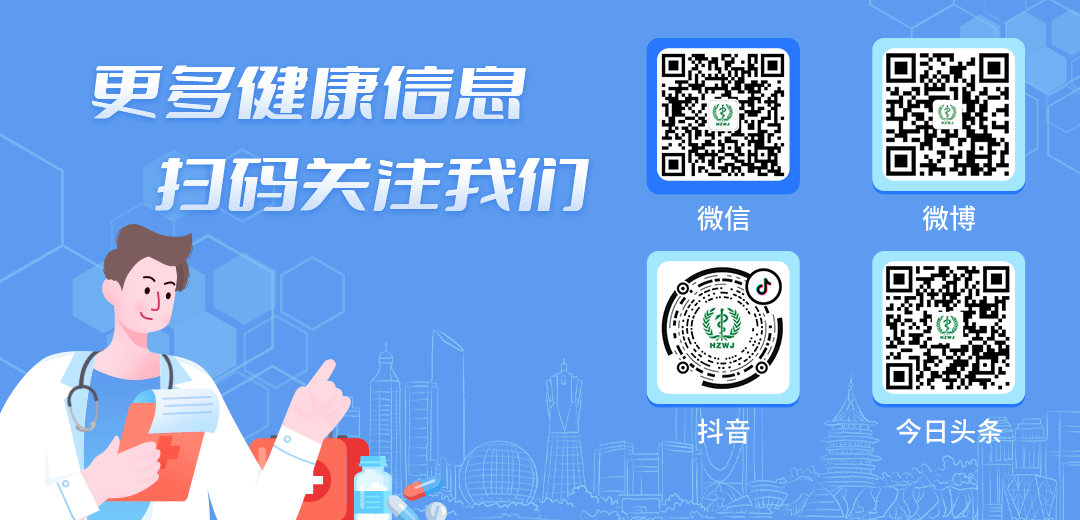
Qi is the fundamental substance that constitutes the human body and maintains life activities.
Due to insufficient congenital endowment, irregular daily routines, overwork, and other reasons, many people experience Qi deficiency.
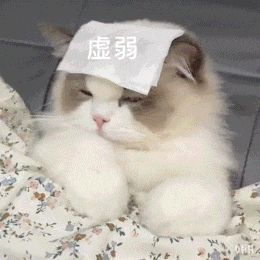
Image source: SOOGIF
How should those with Qi deficiency restore their Qi? Let’s listen to what Traditional Chinese Medicine (TCM) has to say.
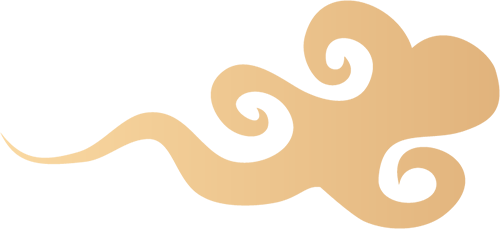
What are the manifestations of Qi deficiency?
Qi deficiency generally manifests externally as a sallow or pale complexion, obesity or edema, weak speech, laziness in action, and a tongue that is swollen with teeth marks or has a white greasy coating.In women, Qi deficiency typically presents as scanty menstruation, irregular menstrual cycles, uterine prolapse, organ prolapse, cough, and urinary incontinence due to inability to hold Qi.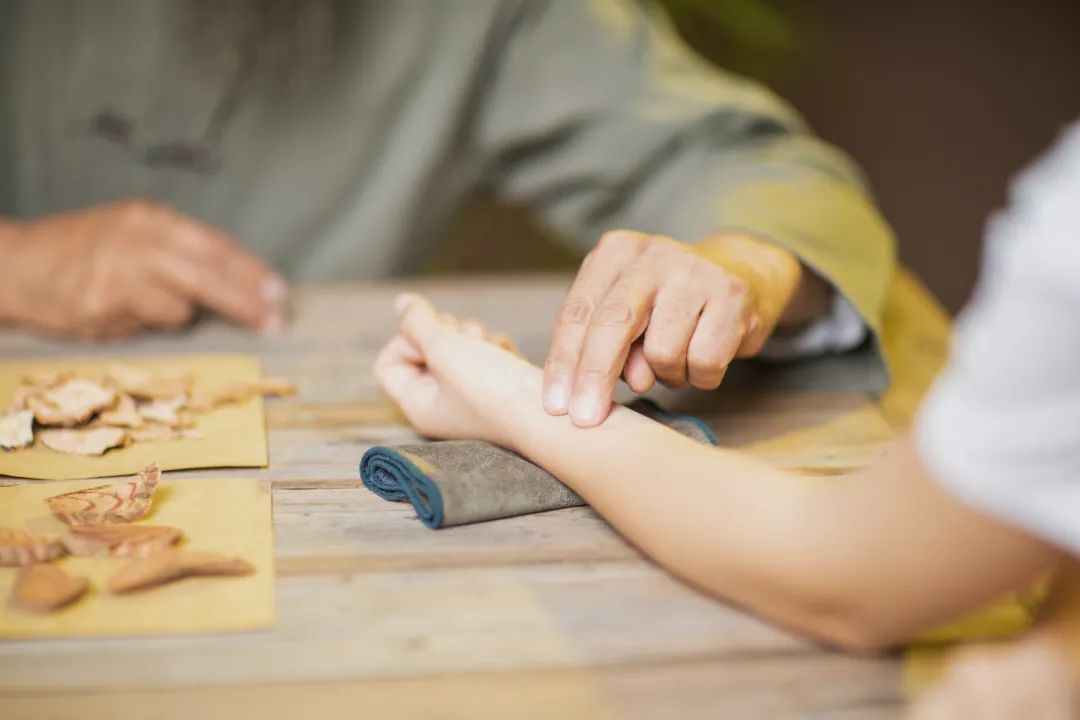 Qi deficiency can also manifest as constipation, weak urination, or symptoms of leg weakness.Qi deficiency leads to cold, blood deficiency leads to heat, and Qi deficiency leads to numbness, while blood deficiency leads to stagnation; these need to be assessed by a TCM practitioner based on the patient’s specific condition.
Qi deficiency can also manifest as constipation, weak urination, or symptoms of leg weakness.Qi deficiency leads to cold, blood deficiency leads to heat, and Qi deficiency leads to numbness, while blood deficiency leads to stagnation; these need to be assessed by a TCM practitioner based on the patient’s specific condition.
Qi deficiency in the five organs
Main manifestations and dietary therapy

1
Heart Qi deficiency: palpitations, abnormal mental state, emotional instability, and even incoherence.
Dietary therapy: such as Ren Shen (Ginseng), Wu Wei Zi (Schisandra), Hong Zao (Red Dates), Lian Ou (Lotus Root), chicken, milk, Yi Zhi Ren (Alpinia Oxyphylla), and Yuan Zhi (Polygala).

2
Spleen Qi deficiency: often manifests as abdominal distension, indigestion, a tongue with teeth marks, and sticky stools, even leading to edema in the limbs.
Dietary therapy: such as Shan Yao (Chinese Yam), Bai Zhu (White Atractylodes), Fu Ling (Poria), Dang Shen (Codonopsis), eel, and winter melon.

3
Lung Qi deficiency: manifests as susceptibility to colds, poor resistance to external climate changes and viruses, easy sweating, shortness of breath, and chest tightness.
Dietary therapy: can include Luobo (Radish), Bai He (Lily Bulb), Lian Ou (Lotus Root), Yin Er (Tremella), Shan Yao (Chinese Yam), and Huang Qi (Astragalus).

4
Liver Qi deficiency: often manifests as lower abdominal distension and pain, discomfort in the flanks, cold limbs, dysmenorrhea, and symptoms of cold due to Qi deficiency.
Dietary therapy: such as Chuan Xiong (Ligusticum Chuanxiong), Dang Gui (Angelica Sinensis), bamboo shoots, cabbage, fennel, Rou Gui (Cinnamon), and Hong Qi (Astragalus).

5
Kidney Qi deficiency: often presents as overall weakness, poor spirit, premature ejaculation, soreness in the lower back and knees, frequent but weak urination, and in women, increased vaginal discharge.
Dietary therapy: can include leeks, onions, Shan Zha (Hawthorn), raspberries, ginger, Huang Qi (Astragalus), Rou Gui (Cinnamon), and Du Zhong (Eucommia).


Can I take American Ginseng and Huang Qi for Qi deficiency?
In daily life, some people may ask: If I have Qi deficiency, can I take American Ginseng regularly? Some suggest taking Huang Qi; are there differences between the two?TCM experts indicate that American Ginseng is slightly cool in nature, while Huang Qi is warm in nature. How should we choose in daily life?
American Ginseng
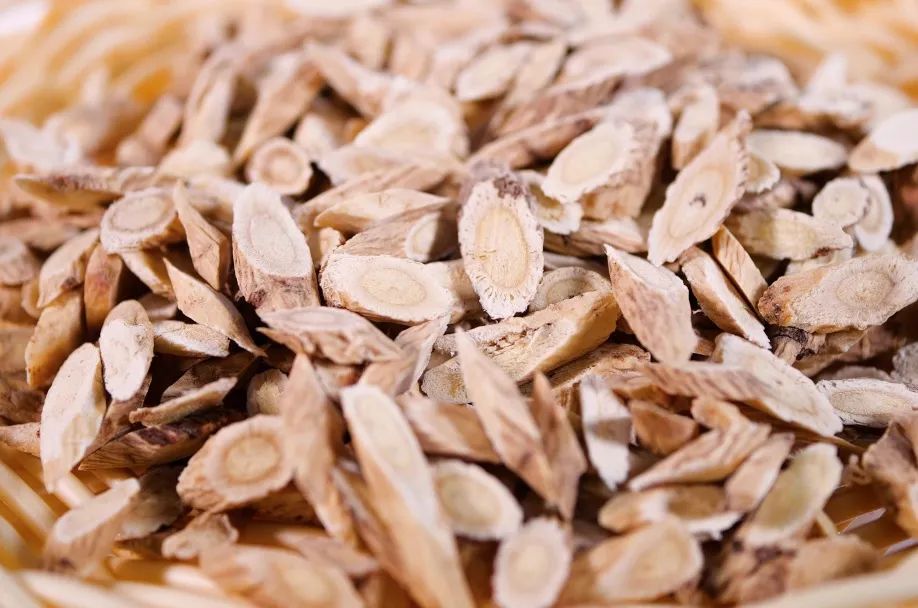
Huang Qi
Generally speaking, prolonged Qi deficiency can lead to blood deficiency. Because Qi is the commander of blood, and blood is the residence of Qi, Qi has the function of promoting, transforming, and securing blood. Blood nourishes Qi, transforms Qi, and serves as its carrier.Qi deficiency can lead to poor blood flow, resulting in insufficient Yin blood, forming a condition of both Qi and Yin deficiency with heat symptoms. At this time, American Ginseng can be taken. For those with Qi deficiency and cold symptoms, Huang Qi is the most suitable.
TCM Moxibustion for Qi Restoration
Moxibustion uses fire to mobilize the body’s Qi mechanism, adjusting the imbalanced functions of various systems, and moxibustion is used to replenish pure Yang.
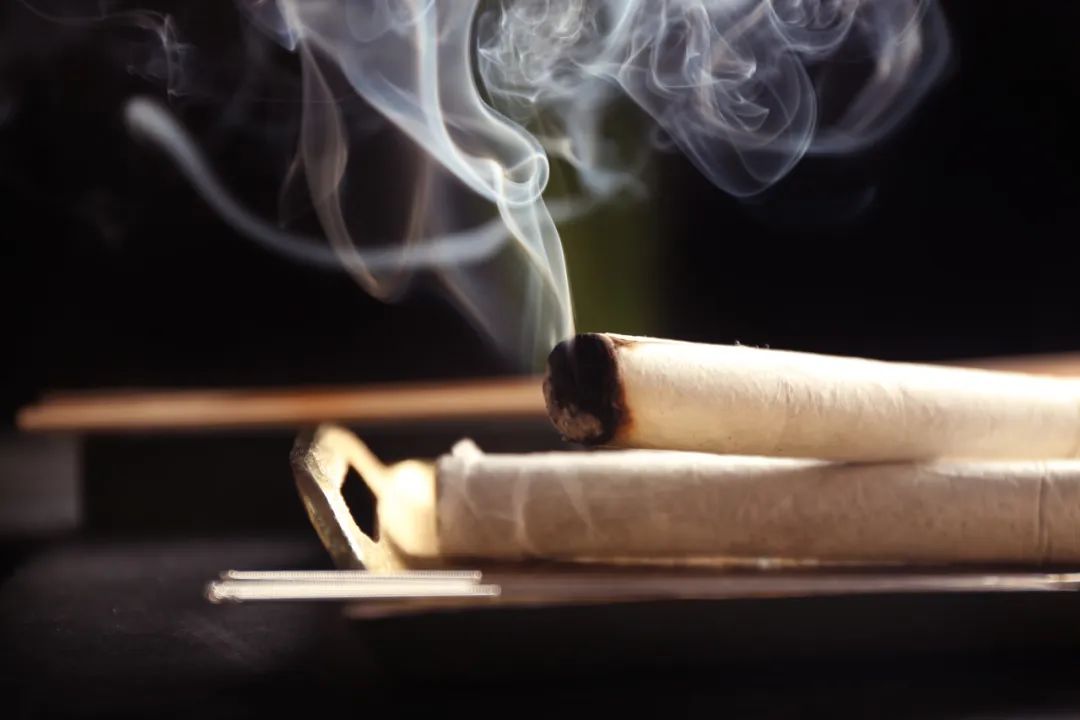
With sufficient vital energy, the balance of Qi and blood, cold and heat, deficiency and excess will naturally be adjusted. Commonly used Qi-replenishing acupuncture points include Qi Hai (Sea of Qi), Zu San Li (Leg Three Miles), and Pi Shu (Spleen Back).
Each acupuncture point should be moxibusted for 10-15 minutes until the skin turns red. If there are no symptoms of Qi deficiency, for simple preventive health, one acupuncture point can be selected for moxibustion.
·END·【If useful, please share】Provided by: Xihu District Health BureauPlease indicate “Healthy Hangzhou” when reprinting
Recently, WeChat has been updated
Readers often miss notifications
Star mark 🌟 “Healthy Hangzhou”
To receive every freshly published article in a timely manner
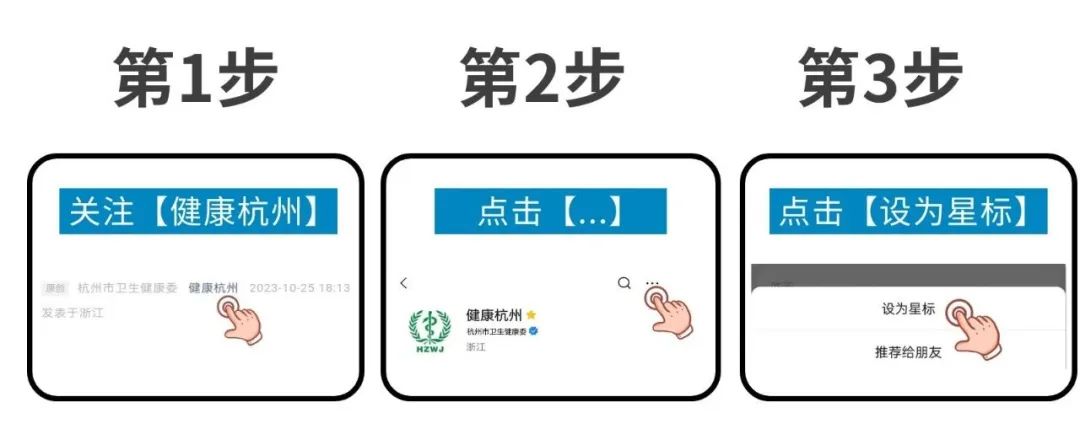
PreviousArticlesReviewWinter is common! Waking up with unexplained rashes and blisters! Doctors ask the same question
Why should we eat taro in winter? 4 health combinations to learn~
“Lupus” trending! Some have had kidney transplants because of it? The key to treatment is……
Something went wrong! Eating for 3 days led to sudden intestinal obstruction……
